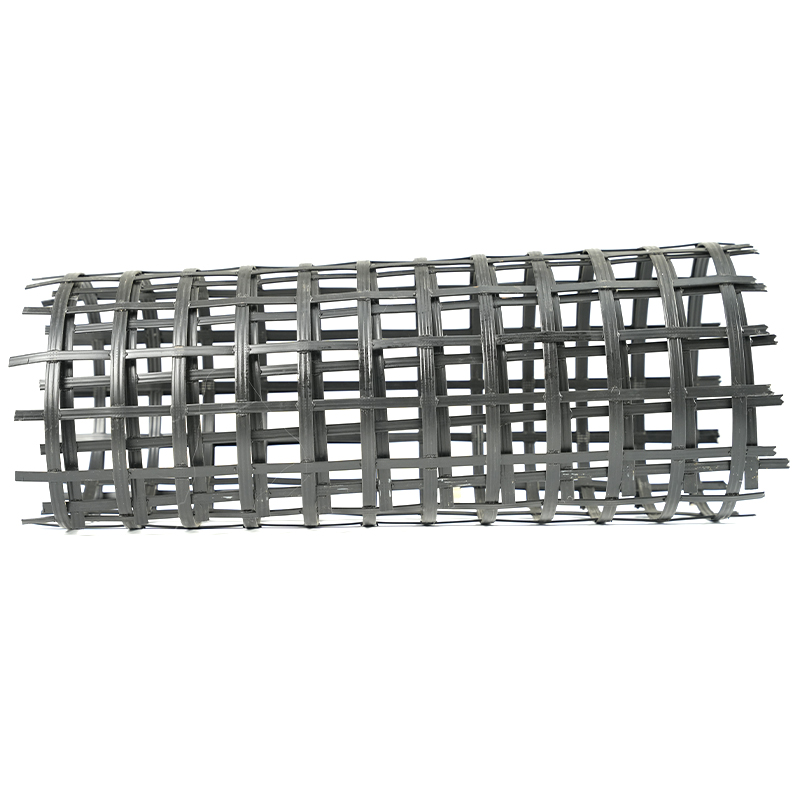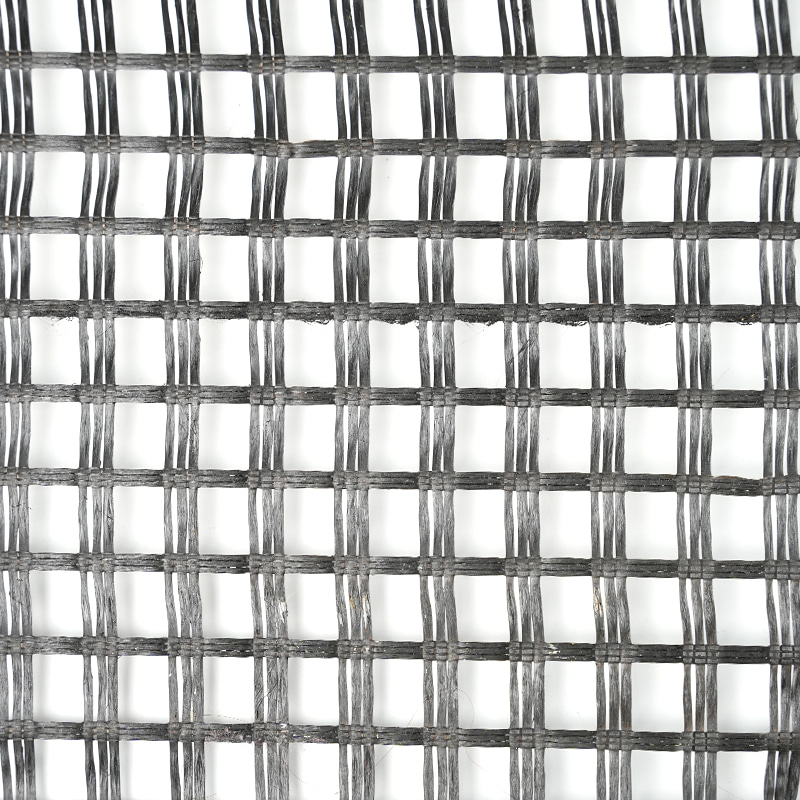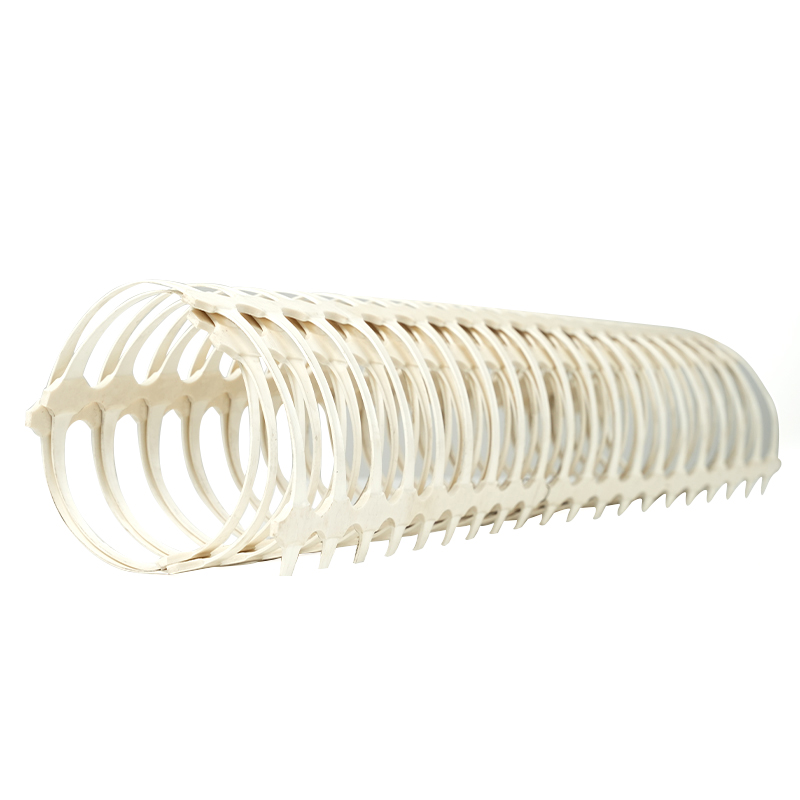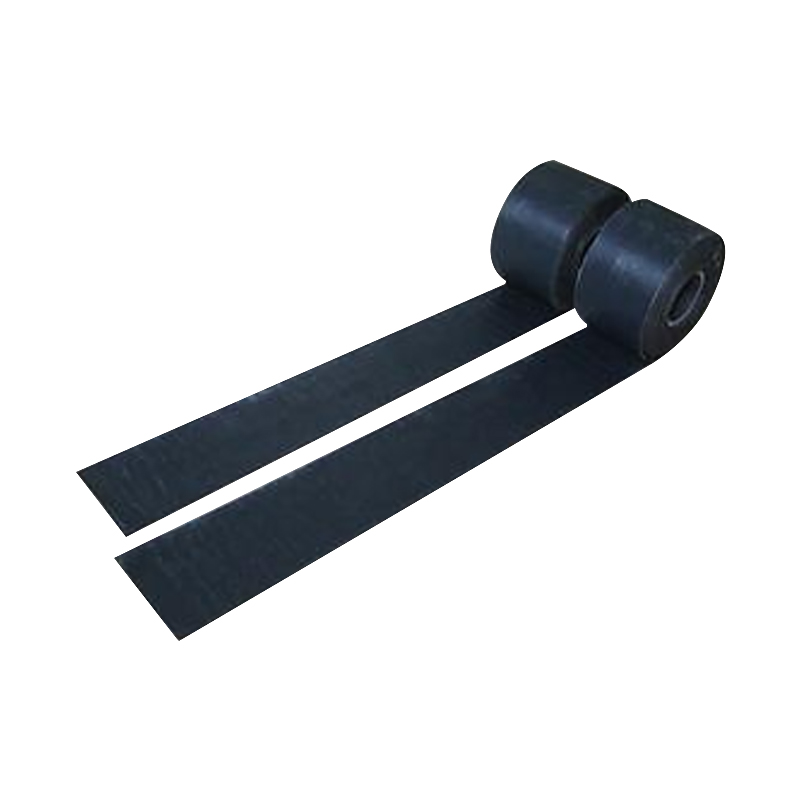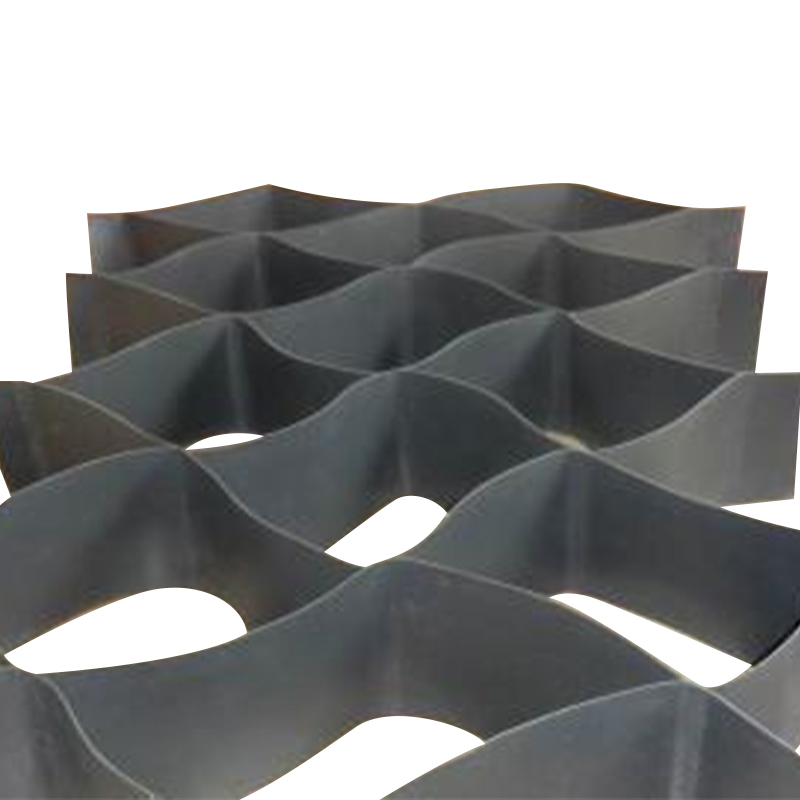In civil engineering and infrastructure construction, Geogrid is a vital material used to enhance soil stability, prevent soil erosion, and increase bearing capacity. Therefore, it is crucial to ensure the quality of Geogrid. Evaluating the quality of Geogrid requires consideration from multiple aspects, including material properties, production process, and performance of the final product. Here are some key steps and methods to help you fully evaluate the quality of Geogrid.
1. Material Property Evaluation
First, the raw materials of Geogrid need to be evaluated. High-quality Geogrid is usually made of high-molecular polymers, such as polypropylene (PP) or polyethylene (PE). These materials should have good weather resistance, corrosion resistance, and aging resistance. The quality of the raw materials can be verified by chemical analysis and physical testing to ensure that they meet relevant standards and specifications.
2. Production Process Monitoring
The quality of Geogrid depends largely on its production process. Different production methods, such as biaxial stretching, uniaxial stretching, and glass fiber dipping, will affect the performance of the final product. Therefore, it is crucial to choose a reliable Geogrid Equipment Supplier. Geogrid Equipment Supplier should have advanced Geogrid Equipment, such as bidirectional geogrid production lines, unidirectional tensile geogrid production lines, and glass fiber (chemical fiber) geogrid impregnation production lines. These equipment should have precise control and stable performance to ensure the production of high-quality Geogrid.
3. Product performance test
A series of product performance tests are also required to evaluate the quality of Geogrid. These tests include tensile strength, tear strength, creep performance, and durability. The tensile strength test can evaluate the bearing capacity of Geogrid when subjected to force; the tear strength test can evaluate its resistance to tearing force; the creep performance test can evaluate its deformation under long-term load; and the durability test can evaluate its service life under different environmental conditions. Through these tests, the performance of Geogrid can be fully understood to ensure that it can meet engineering requirements in practical applications.
4. Quality management system
A reliable Geogrid Equipment Supplier should have a complete quality management system. This includes the whole process management from raw material procurement, production process control to finished product inspection. Suppliers should strictly produce in accordance with relevant standards and specifications, and conduct regular quality audits and improvements. By establishing and implementing an effective quality management system, it is possible to ensure that the Geogrid produced has stable and reliable quality.
5. Certification and standards
Finally, evaluating the quality of Geogrid also requires attention to whether it complies with relevant certifications and standards. There are many international and domestic standards and specifications for Geogrid, such as ISO, ASTM and GB. These standards have detailed provisions on the materials, production processes and performance testing of Geogrid. Choosing Geogrid that meets these standards can ensure its safety and reliability in engineering applications.



 中文简体
中文简体 русский
русский عربى
عربى

